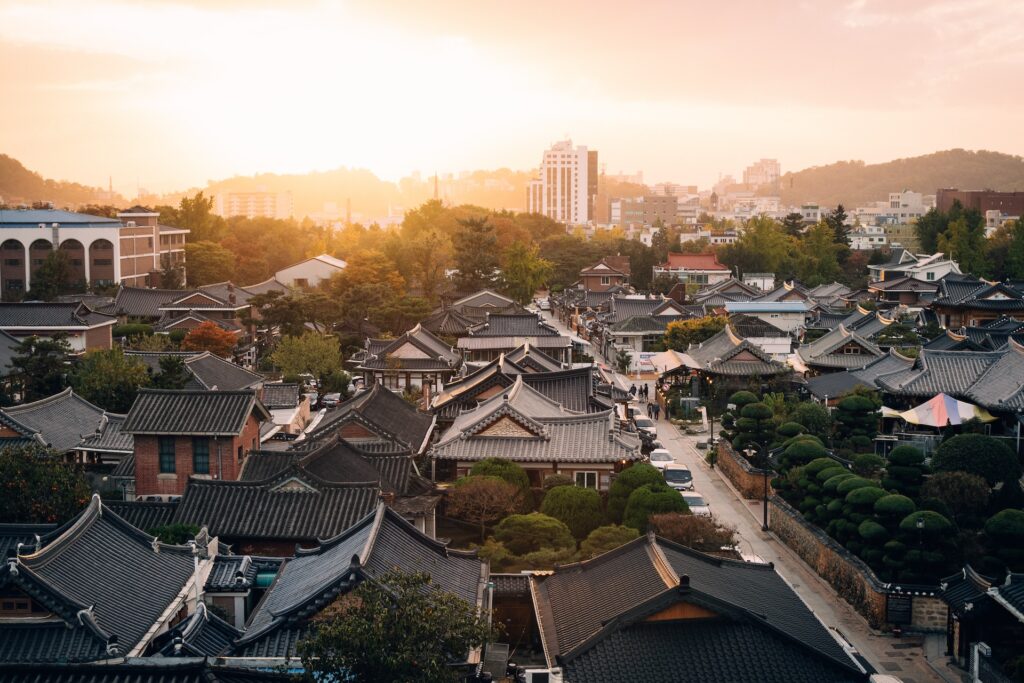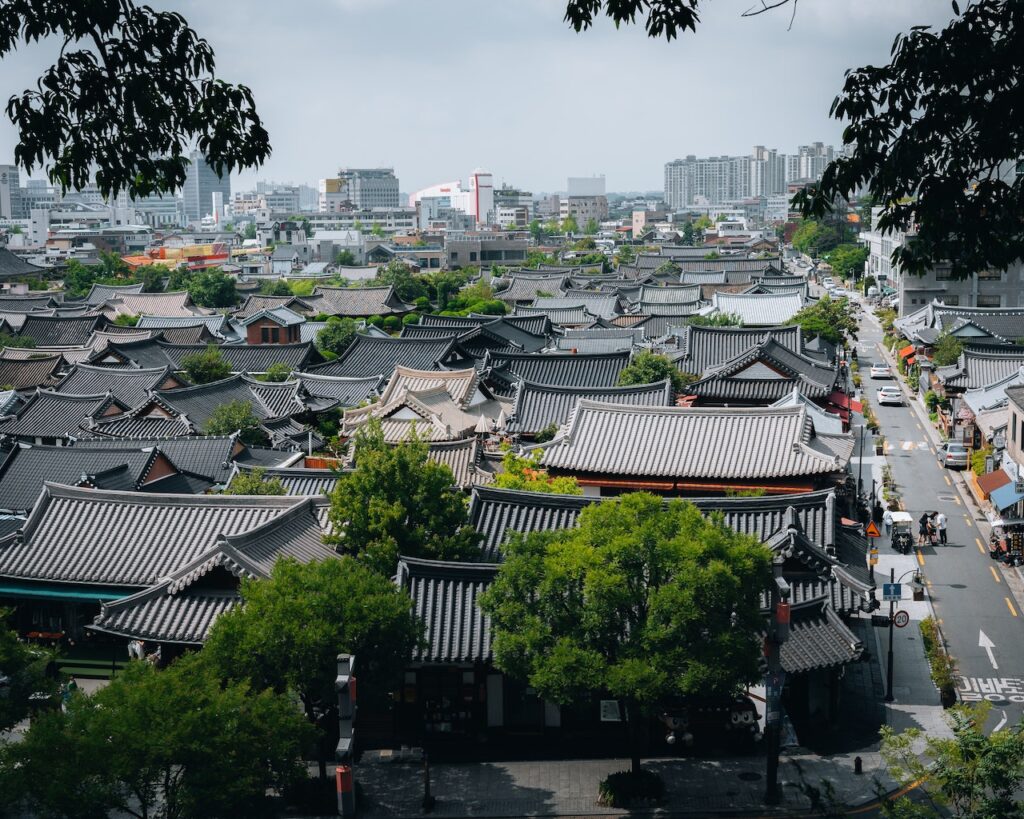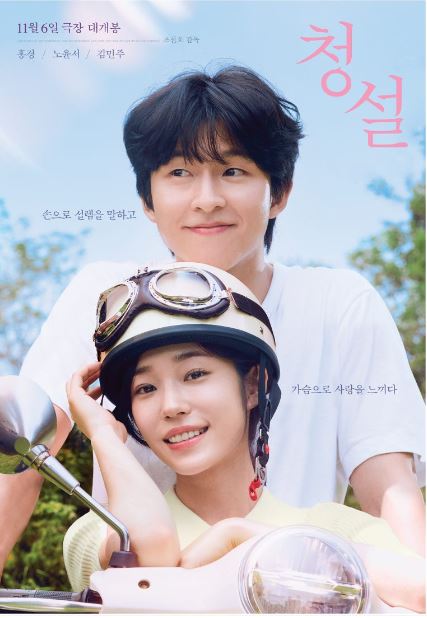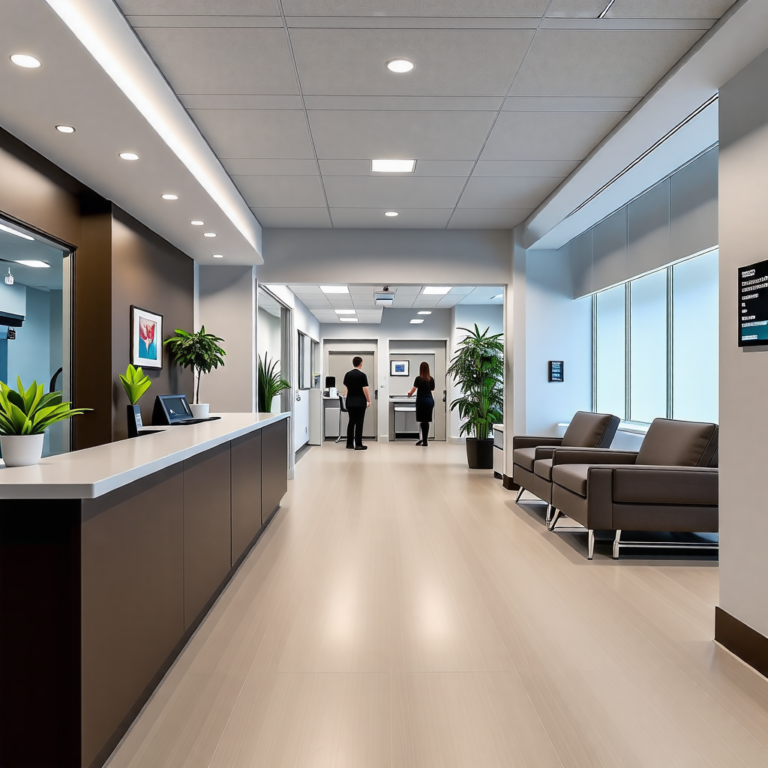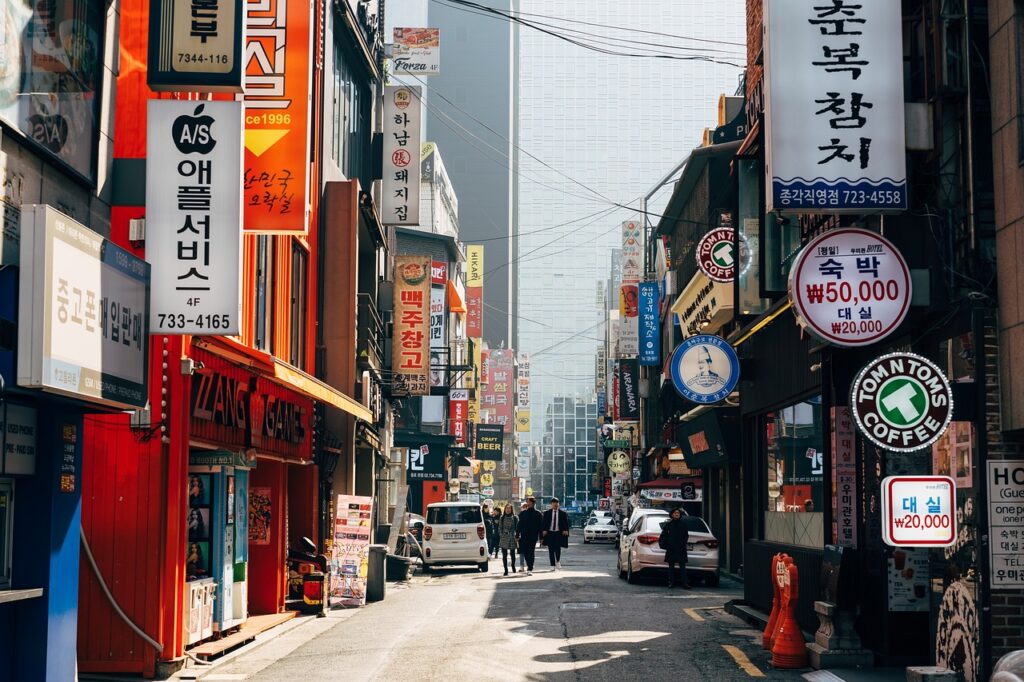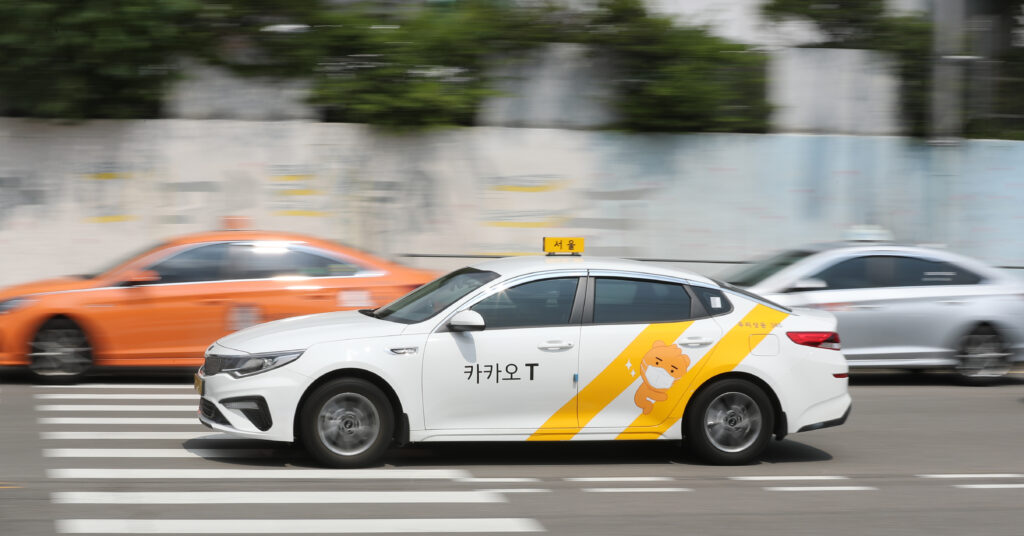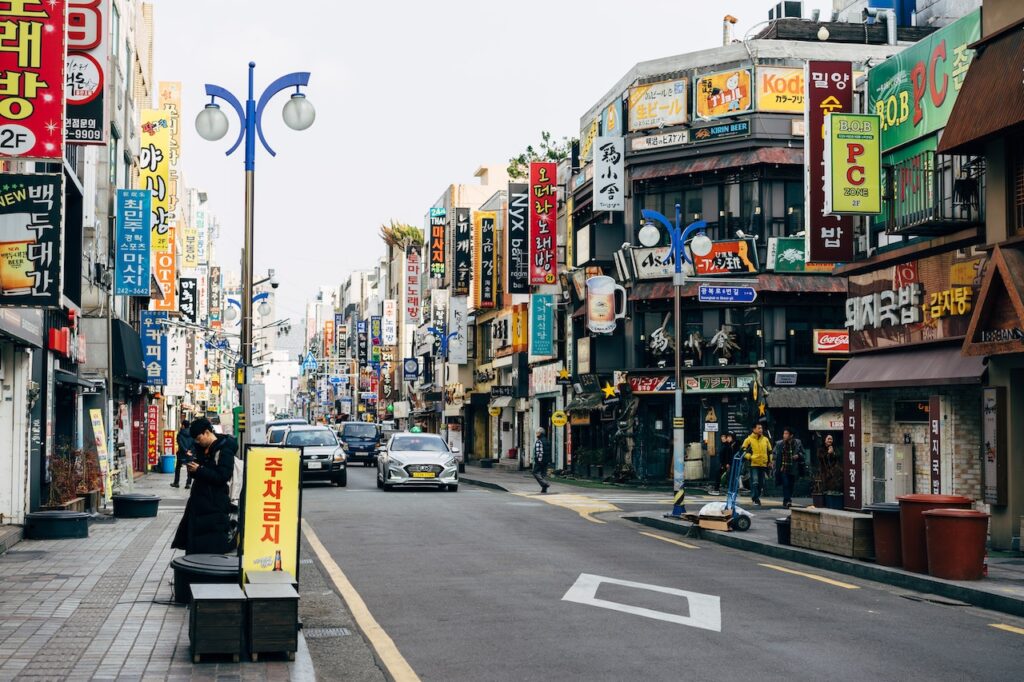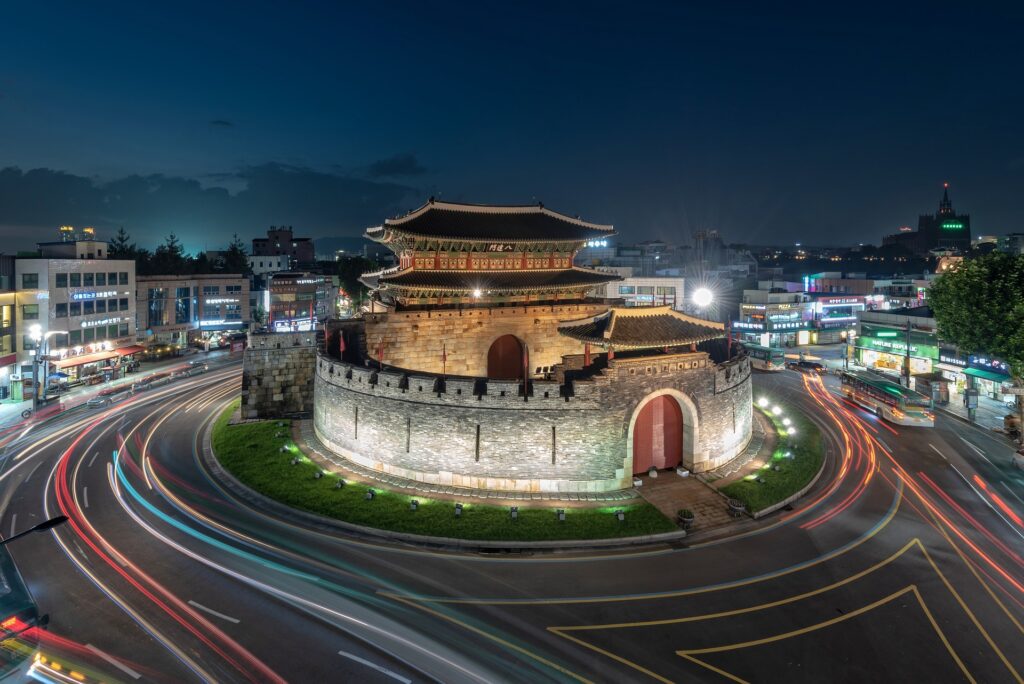4 things about Jeonju City "Home of Korean Culture" in South Korea
Jeonju is a city located in the southwestern part of South Korea, known for its rich cultural heritage, traditional architecture, and delicious cuisine. It is the capital city of North Jeolla Province and is often referred to as the “Home of Korean Culture.”
Here are some key aspects of Jeonju:
1. Han-ok Village
One of the main attractions in Jeonju is its Hanok Village, a well-preserved area with traditional Korean houses known as hanoks. The village showcases the beauty of Korean architecture and offers visitors the opportunity to experience traditional culture, arts, crafts, and local cuisine. Hanok Village is a place where about 650 Hanoks form a cluster in the downtown area of Gyo-dong and Pungnam-dong, centered on Taejo-ro, the road that passes in front of Gyeonggijeon. Here, at the Traditional Liquor Museum, you can experience traditional liquor produced in Korea, and at the Traditional Hanjiwon, you can see the process of making Korean paper from mulberry trees. In addition, there is a traditional culture center, a Hanok living experience center, a craft exhibition hall, a traditional Korean culture center, an oriental medicine culture center, and a traditional tea house.
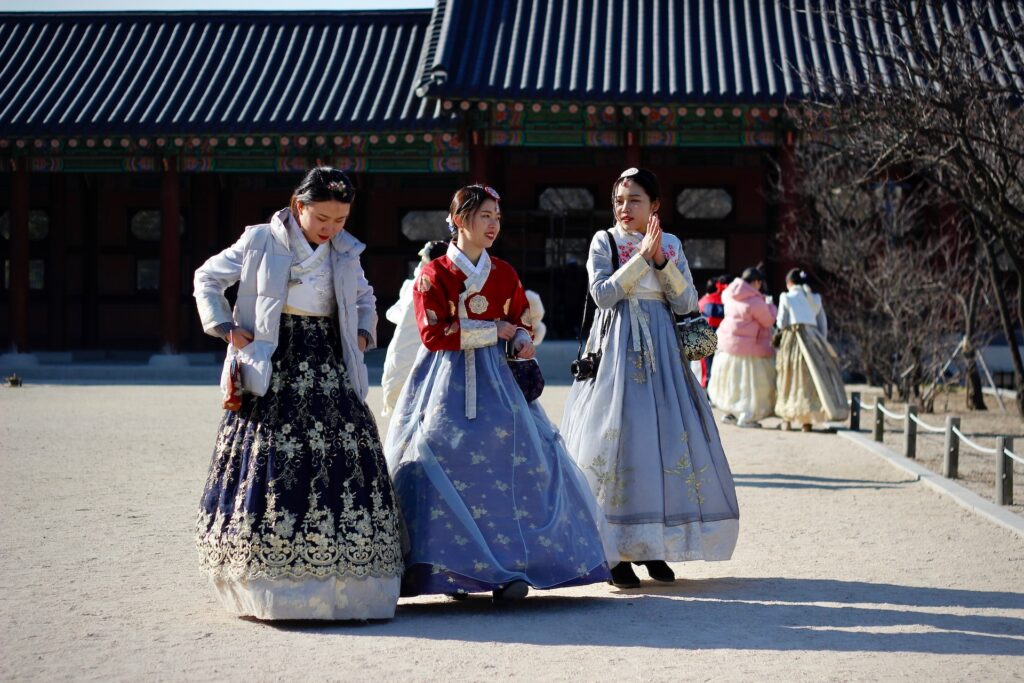
Jeonju is renowned for its hanbok, which is the traditional Korean attire. Visitors can rent hanbok and walk around the Hanok Village, immersing themselves in the traditional atmosphere and taking memorable photos. There are many costume rental shops in Hanok Village, ranging from luxurious and pretty traditional hanbok to stylish improved hanbok, as well as modern costumes and korean school uniform experiences!
3. Jeonju Food
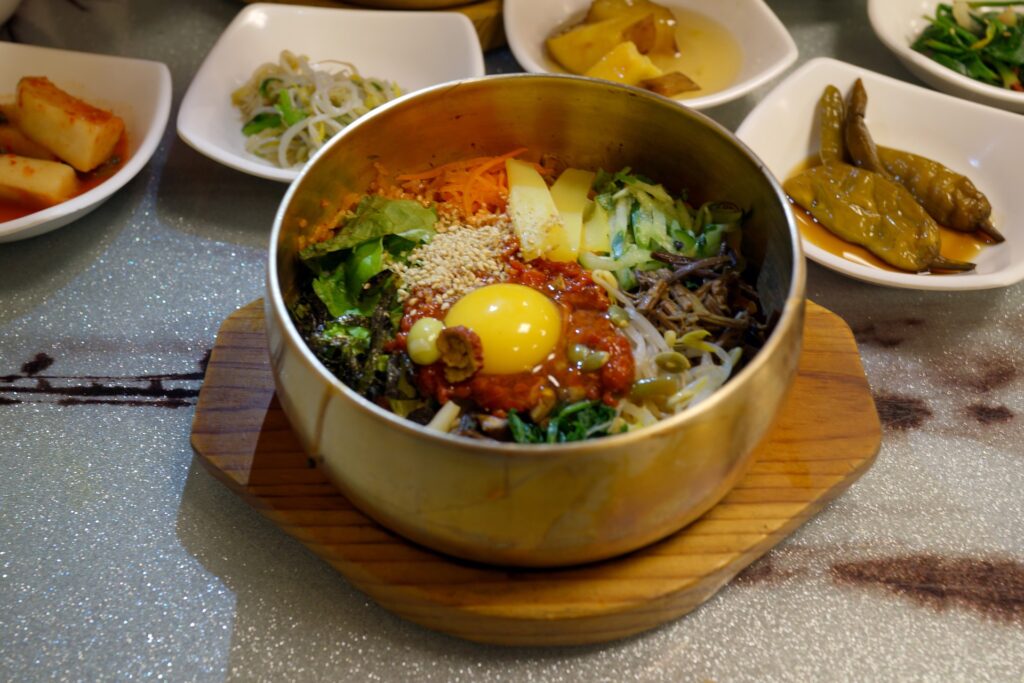
Jeonju has long been a region where food culture has flourished thanks to its natural environment. In 2012, it was selected as Korea’s first creative city of food by UNESCO.
Jeonju bibimbap, and bean sprout soup are famous. Also, Jeonju’s makgeolli called “Mo-ju” is famous as well.
Moju is a type of rice wine made using makgeolli. It is rich in color and has a strong aroma by adding jujube , ginger , cinnamon , and other medicinal herbs, and tastes like a mixture of sujeonggwa (Korean traditional drink made with cinnamon) and makgeolli. The color is usually made with brown sugar.
Bibimbap is the representative food of Korea and
is a traditional Korean dish most preferred by foreigners. Bibimbap is a
high-end, specialized dish in this city. There are theories about
the origin of Jeonju bibimbap, such as royal court food, farming season food
theory, and king Mongjin food theory, but due to various problems, proper
research has not been conducted. It is said that bibimbap has been enjoyed in
the city for over 200 years.
Bean sprout soup, which is called Kong-na-mul-guk-bob 콩나물국밥 in Korean is a type of soup made by mixing rice into bean sprout soup and eating it. For Koreans, bean sprouts are known to be a good food to eat after drinking because it help relieve hangovers . Since bean sprouts are a common ingredient, you can find soup with bean sprouts anywhere in the country, but the recipe that is so famous that it is even on restaurant menus is Jeonju-style bean sprout soup. In fact, in the city, it is considered one of the two representative local foods in the region along with bibimbap, and many locals often choose bean sprout soup rather than bibimbap as a daily food especially for a meal early in the morning or at night.
4. Great places to visit

Gyeonggijeon Shrine
Gyeonggijeon is Korea’s Historic Site No. 339 and is located at 44 Taejo-ro, Wansan-gu, Jeonju-si. This is a pavilion that enshrines the portrait of King Taejo of the Joseon Dynasty ( National Treasure No. 317). It was destroyed by fire during the Japanese Invasion of Korea and rebuilt in 1614 ( the 6th year of King Gwanghaegun’s reign). This historic shrine houses the portrait of King Taejo, the founder of the Joseon Dynasty. The surrounding area features beautiful gardens and pavilions, making it a serene and scenic spot to visit.
Pungnammun Gate
Pungnammun Gate is Treasure No. 308. Pungnammun, which symbolizes Jeonju, was originally the south gate among the four main gates of Jeonju Buseong. It was built during the reign of King Gongyang of Goryeo, but was destroyed during the reign of King Yeongjo of Joseon . The gate tower was repaired, and the south gate was renamed Pungnammun and the west gate was renamed Paeseomun. This means that the city was the birthplace of the Lee Joseon Dynasty, and Pungpae (豊沛) was used as an initial for each.
Jeonju Pungpaeji Hall
Jeonju Pungpaejigwan is Treasure No. 583 and is a building from the Joseon Dynasty. It is presumed to have been built together with the founding of Jeonjubuseong Fortress in the early Joseon Dynasty. There is a record that in 1473 ( the 3rd year of King Seongjong’s reign ), Jeonju Buyun Jo Geun renovated it with the wealth left over from the founding of Jeonju Sago. Gaksa is a place to receive and accommodate guests, but it is also a place where royal envoys are served and royal envoys are performed. When royal envoys come, they stay here and spread religious information, and local dignitaries are appointed here. When they do so, they first stop by this place and pay their respects.
Jeonju Hanji Museum
Hanji is traditional Korean paper made from mulberry trees. The Jeonju Hanji Museum offers insights into the history, production, and various uses of hanji. Visitors can learn about the traditional paper-making process and even participate in workshops to create their own hanji crafts.
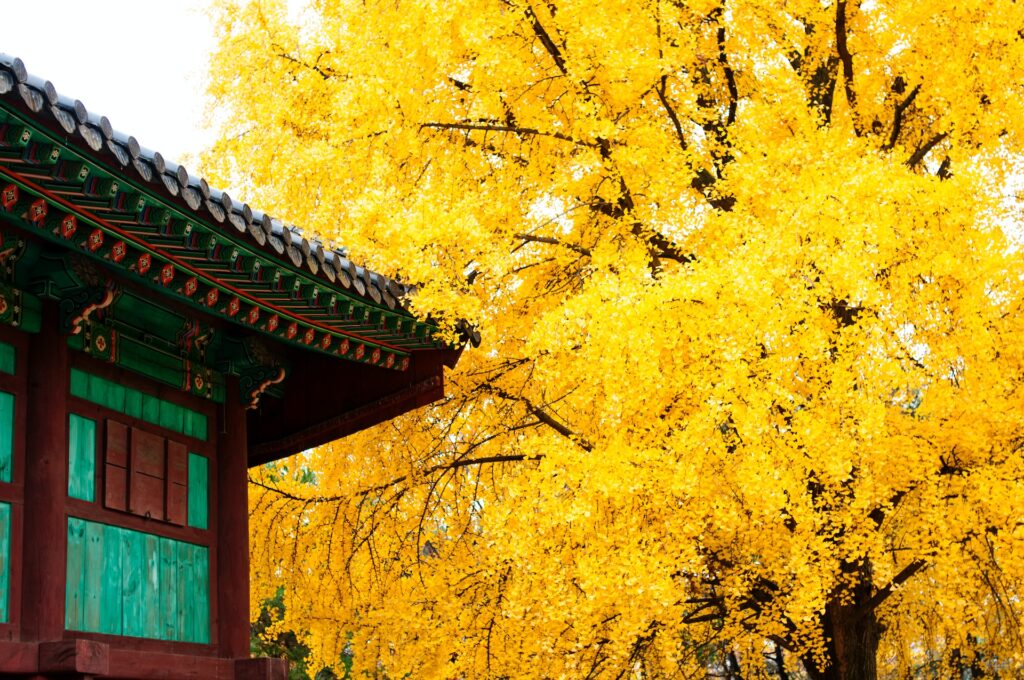
Omokdae and Imokdae
These two hills in Jeonju provide panoramic views of the city. Omokdae, located in Hanok Village, offers a picturesque view of the traditional rooftops, while Imokdae offers a broader view of Jeonju’s cityscape.
Jeonju Jeondong Cathedral
Jeondong Cathedral is located at 51 Taejo-ro, Wansan- gu, Jeonju -si, Jeollabuk-do (opposite of Gyeonggijeon, Jeondong ) and was completed in 1914 . It has a building area of about 624m 2 and is the oldest Western-style modern building in the Honam region, and was designated as Historic Site No. 228.
Jeonju International Film Festival
Jeonju hosts an annual film festival known as the Jeonju International Film Festival (JIFF). It is a renowned event that celebrates independent and art-house films, attracting filmmakers and cinema enthusiasts from around the world.
Jeonju offers a unique blend of tradition, culture, and culinary delights, making it a popular destination for both domestic and international travelers. Its preservation of traditional Korean heritage, coupled with its vibrant modern atmosphere, creates a memorable experience for visitor
Jeonju Nambu Market
It is a traditional Korean market that sells a variety of items including agricultural products, handicrafts, and street food.
Address : 19-3, Pungnammun 1-gil, Wansan-gu, Jeonju-si, Jeollabuk-do
CHECK OUT MORE POSTS BELOW…
